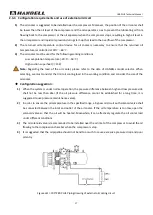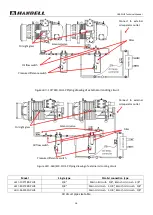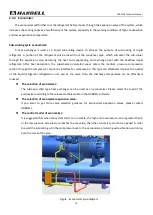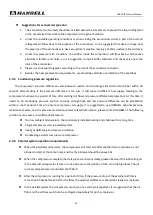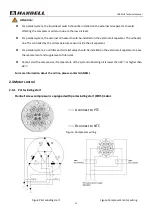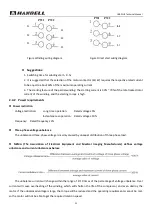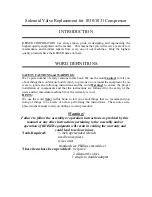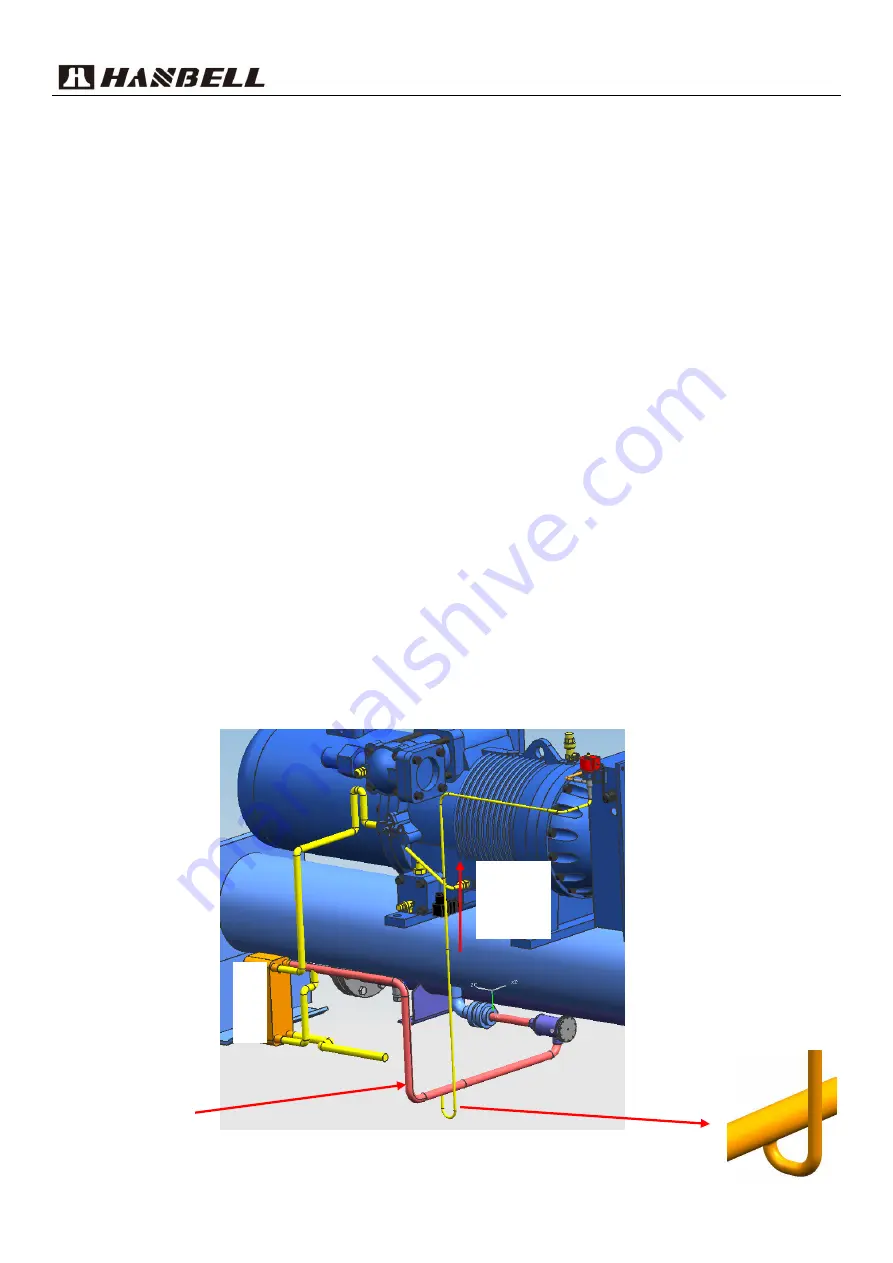
LB
II
-PLUS Technical Manual
7
2.
Application
2.1 Compressor application
Motor cooling
The normal screw refrigeration compressor cool the motor through suction. When it works at low temperature
condition, the mass flow rate of refrigerant is very small. Refrigerant absorbs heat through the motor, resulting in a
lot of harmful superheat, which increases the specific volume of the refrigerant and leads to theloss of refrigerating
capacity.
The LB
II
-PLUS series compressor adopts independent motor cooling. The motor chamber and the compression
chamber are isolated, and only small amount of liquid refrigerant is used to cool the motor, which enables the motor
to work in the ideal temperature range. Meanwhile, it can prolong the life-time of motor. The gaseous refrigerant
after cooling the motor enters the compression chamber to avoid the refrigerating loss caused by the motor cooling.
The effect is particularly obvious at low temperature.
In order to effectively control the refrigerant quantity that enter into the motor chamber, HANBELL designed the
scheme to control the motor liquid injection:
Electronic expansion valve specially designed for LB
II
-PLUS
With electronic expansion valve to control the temperature of the motor is shown in the following Figure, the
solenoid valve and the compressor start or stop at the same time. The electronic expansion valve is controlled by
controller of LB
II
-PLUS. Through a special algorithm, the temperature of the motor is controlled at around 60
℃
.
The following are description of two types of injection points:
1)
The liquid taking point of the
motor liquid injection shall be
taken at the front and bottom
of the rising riser of main
liquid pipe
The main liquid pipe
is required to use
riser Piping after the
motor takes the liquid
point, so as to ensure
that when the system
is short of refrigerant,
there is still enough
liquid refrigerant to
cool the motor.
Motor
liquid
injection
E
C
O

















